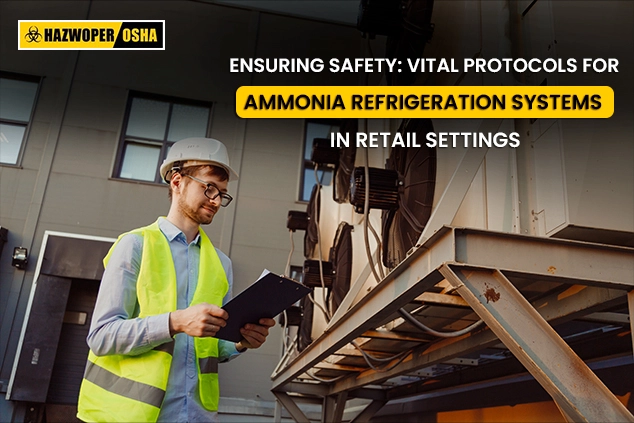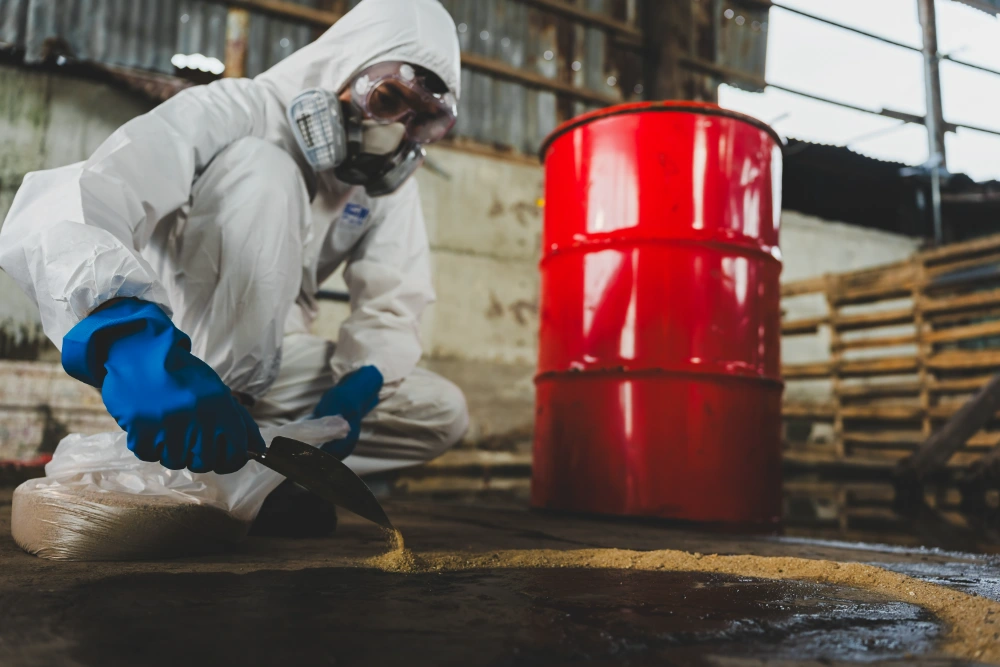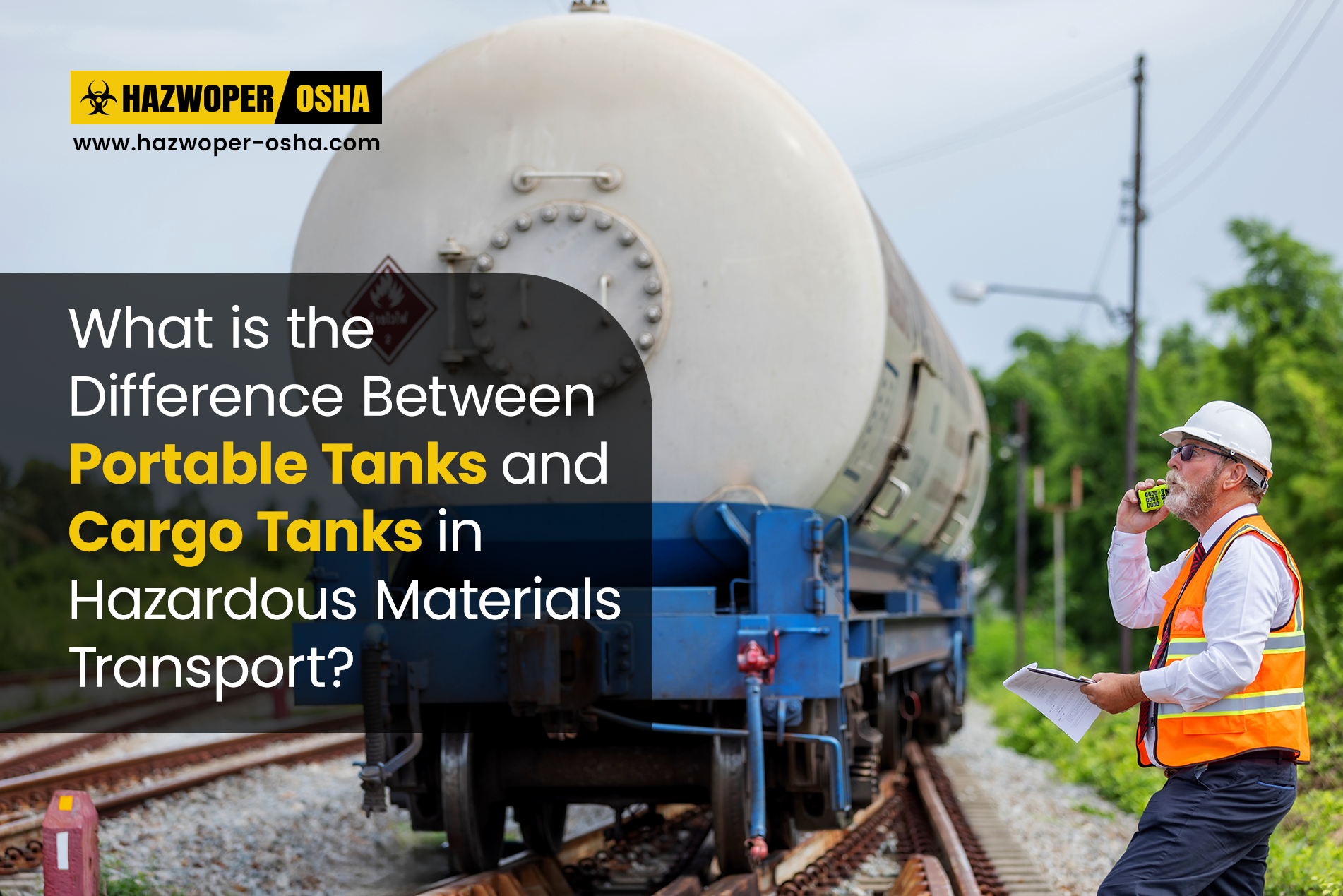Ensuring Safety: Vital Protocols for Ammonia Refrigeration Systems in Retail Settings

Introduction:
In refrigeration systems in retail environments, ammonia is used widely as a refrigerant as it is efficient and environmentally friendly. The ammonia evaporators and condensers used within these refrigeration systems need strict safety protocols to reduce the risks related to this gas. This article will shed light on the various safety protocols needed for the smooth operation of ammonia evaporators and condensers. It will also highlight the regulatory standards and best practices for the maintenance of these systems.
Potential Risks Associated with the Use of Ammonia Evaporators and Condensers
In most of US, the industrial refrigeration systems are central-station ammonia systems. They are the backbone of the refrigeration process in the food and beverage industry. For more than a century these ammonia evaporators and condensers have dominated the industry, owing to their superior thermos-physical properties and their environment-friendly attribute.
Ammonia acts as a refrigerant as it absorbs the heat from one area and displaces it to another. That's why it is used by supermarkets and food retailers to keep the food aisles cold and fresh. Despite its many benefits, ammonia is a toxic gas and is flammable in certain concentrations. This leads to the need for very specific design and operational regulations so that facilities can safely use it. The following are the potential hazards associated with the usage of Ammonia Evaporators and Condensers in the retail settings:
- It's crucial to keep any form of heat or flame away from the ammonia refrigeration system, including during welding. The expansion of liquid ammonia due to heating can lead to system component ruptures and eventual ammonia leaks.
- Nonstop vibrations caused by poorly aligned, excessively heated, and out-of-balance machinery can lead to premature piping and other component failure.
- External surfaces made of steel pipes can corrode and lower the effectiveness of the containment, eventually leading to the leak. Defective insulation causes accelerated corrosion. That is why, in wet conditions, extra care must be taken to reduce corrosion.
All these hazards can be mitigated by properly maintaining the system, including monitoring corrosion, valve cycling, and operating equipment within the designed parameters. The staff dealing with refrigeration systems must be properly trained to recognize and fix common safety issues. Retail facilities can utilize the benefits of ammonia systems by following the safety protocols and regulations related to them. This will guarantee the safety of customers, employees, the public, and the environment.
How do Ammonia Evaporators and Condensers Function?
Understanding the working and functionality of the ammonia evaporators is critical. Ammonia refrigeration systems have 3 major components that make it functional.
The compressor increases the temperature and pressure of ammonia vapors, which are then moved to the condensers. The condenser expels the heat converting high-pressure vapors into high-pressure ammonia. The cycle completes when the evaporators absorb the heat from the target areas, converting liquid ammonia into vapors, and starting the refrigeration process again.
The components of the ammonia refrigeration systems make it an important part of keeping the optimal conditions for goods, allowing reliability and sustainability in the beverage and food industry.
What are the Safe Operating Procedures for Ammonia Refrigeration Systems?
To operate the ammonia refrigeration systems safely, retail owners must follow these protocols:
Training and Competency:
Retail owners should ensure that all individuals have appropriate and updated training regarding the operation and maintenance of ammonia refrigeration systems. The ammonia refrigeration system operators should have the training certification required by the regulatory bodies. We at HAZWOPER OSHA Training LLC designed courses on understanding the design and control of ammonia evaporators, condensers, and controls, Ammonia positive displacement compressor training, and piping and purging strategies for Ammonia refrigeration systems training. All these training courses are available online, instructor-led, and in SCORM formats. So, get your employees enrolled today!
Personal Protective Equipment (PPE)
Another important safety protocol is the use of personal protective equipment. Employees responsible for operating or managing Ammonia refrigeration systems must use the appropriate PPE, including respirators, goggles, and gloves. In case of emergency, the employees must also have emergency PPE available, such as a self-contained breathing apparatus (SCBA).
System Operation
Operating ammonia refrigeration systems safely and efficiently requires a structured approach that includes thorough pre-startup checks, precise start-up procedures, and rigorous testing. This section outlines the essential protocols to follow for ensuring the system's operational integrity and the safety of the personnel involved. Adhering to these protocols helps prevent accidents, ensures compliance with safety regulations, and promotes the longevity of the equipment.
Pre-Startup Checks:
Pre-startup checks include inspecting the system thoroughly before starting it. It consists of checking for leaks, pressure levels, and proper functionality of safety devices.
The pre-startup inspection should begin with an exterior inspection, checking for damage, corrosion, and wear. Detect leaks by using ammonia detectors and soap solutions on seals, joints, and connections. Ensure the proper functionality of the pressure relief valves and that the system pressure levels are within the normal operating ranges.
After this, check the safety devices, including emergency shutoff valves, ventilation systems, and alarm systems. The operator must use a standardized checklist to document the inspection process. Past maintenance records must be reviewed alongside to ensure all the scheduled maintenance is done.
Start-up Procedure:
The operator should follow these pertinent steps for start-up procedures:
Preparation: The operator should ensure that all the safety requirements are met in the machinery room and other spaces containing the refrigeration equipment before charging the system with ammonia. All the safety equipment, such as PPE, respirators, eye wash stations, and first aid, is accessible and available.
Charging: Use the appropriate valve to connect the ammonia cylinder to the refrigeration system. If mandatory, connect the cylinder to the system's low-pressure side to deflect the liquid refrigerant from entering the compressor. For the safety of the personnel, place the cylinder in an open-air location.
Test Protection Devices: After charging the system, test the high-pressure cut-out before the low-pressure cut-out. Increase the pressure slowly at the required setting and confirm that the compressor shuts down if it surpasses the set high level.
Demonstration Run:
After completing the start-up procedures, it is important to conduct a demonstration run to ensure the system operates correctly under actual conditions. This involves running the system under the available heat load and closely monitoring key parameters such as pressure, temperature, and liquid levels in sight glasses. Ensure that the level controls are functioning properly and that the system maintains optimal operating conditions. Perform this demonstration run in the presence of the operator responsible for the system’s daily operations to verify their understanding and readiness to manage the system effectively.
A successful ammonia refrigeration system operation and start-up requires a meticulously crafted plan, a joint team effort, and strict adherence to safety protocols during the process.
Maintenance and Inspection:
Regular maintenance and inspections ensure smooth operations of any machinery. Not only this, but they also help identify potential risks that can be mitigated in time. Similar is the case with ammonia refrigeration systems.
Regular maintenance of ammonia refrigeration system includes lubrication, replacement of faulty parts, and thorough cleaning. During inspection rounds, leak detection procedures through proper sensors and detectors are a must. Lastly, all the maintenance steps and inspection rounds must be recorded and documented properly.
Emergency Procedures:
Despite strict adherence to safety protocols, there is always an inherent risk of an emergency occurring. Therefore, every retail setting should have emergency shut-down procedures developed. Not only this but safety drills should be conducted to keep the employees alert and aware. Besides this, lockout/tagout training to quickly de-energize the system due to a malfunction event is necessary.
The establishment should have clear evacuation routes and procedures in place to tackle ammonia leaks and other emergencies. Lastly the staff should be trained to use the spill response kits and the kits should also be in place and maintained.
Safety Devices:
Safety devices ensure the smooth operation of the machine as well as prevent any possible mishaps. Therefore, pressure relief valves should be installed and maintained properly. Not only this, but ammonia detectors and alarm systems must also be tested and calibrated regularly. Lastly, the areas where ammonia is stored or used should have adequate ventilation.
Following these protocols will increase operational integrity and compliance with regulatory standards by safeguarding against potential hazards related to ammonia. Executing the start-up and shut-down protocols is the only way to secure retail environments.
Conclusion:
Ammonia refrigeration systems in retail settings need safe and reliable operations along with a critical maintenance program. Rigorous training of employees, emergency planning, and installation of safety systems like ammonia detection can confirm the integrity of these systems. A retail setting can maintain the ammonia refrigerant equipment and reduce the operational risks to benefit from this technology. Feel free to explore our article on developing an effective emergency response plan in case of ammonia leak.
References:
Airgas, What Are Some Industrial Uses of Ammonia? ,https://airgasspecialtyproducts.com/what-are-some-industrial-uses-of-ammonia/
khulman Incorporated, 23rd April 2021, A Guide to Industrial Ammonia Refrigeration System Components, https://www.kuhlmaninc.com/blog/a-guide-to-industrial-ammonia-refrigeration-system-components/

 EN |
EN |  ES
ES
































































































































